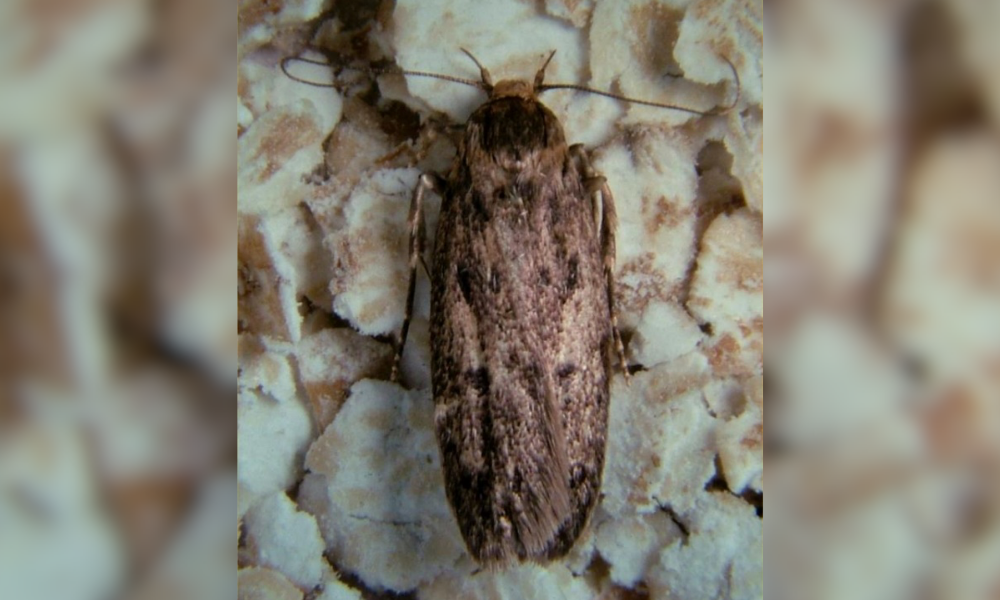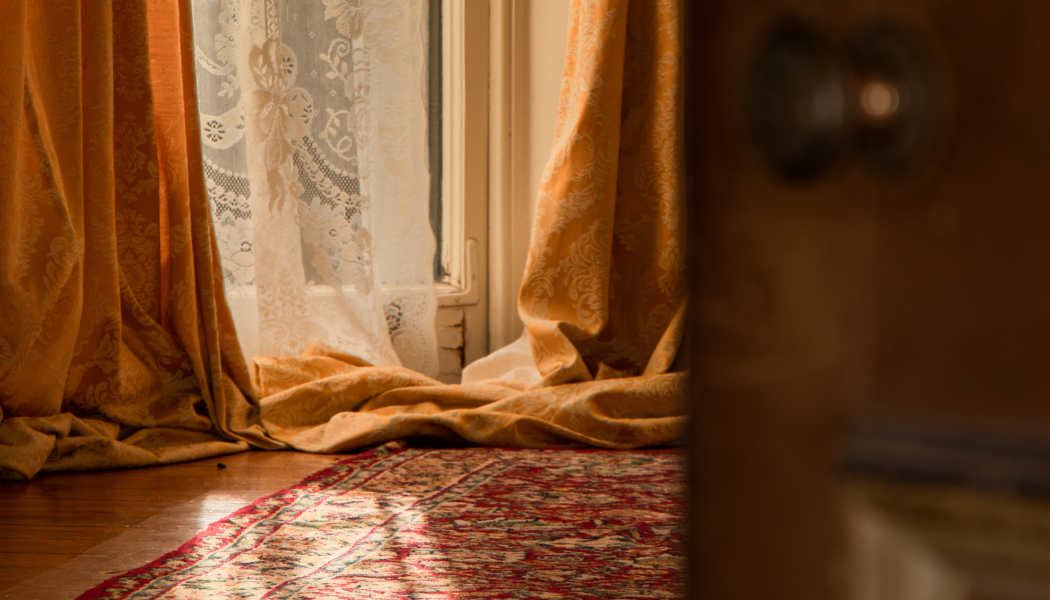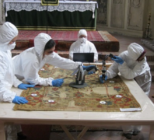Scotland has a fascinating and unique insect distribution when comparing the east of the country to the west. The weather conditions found on the west coast of Scotland have been found to have influenced the lifecycles of some of the more unusual insect pests, which would not ordinarily attack heritage collections and household items.
The prevailing conditions experienced over westerly parts of Scotland are caused by a strong influence of the warmer Gulf Stream. The culmination of the warmer air and strong winds result in wetter conditions than experienced in other parts of Scotland, and indeed other parts of the UK.
The usual UK-native culprits can be found attacking heritage collections across the entirety of Scotland, such as the webbing clothes moth, Tineola bisselliella, Furniture beetle, Anobium punctactum and the varied carpet beetle, Anthrenus verbasci.
However, beware! Species that would not ordinarily attack items or be regarded as a major threat across the UK, have been found inhabiting and damaging items of cultural value in western Scotland; these include the Brown house moth, Hofmannophila pseudospretella. This is a species of moth with a UK wide range and is commonly found inhabiting old houses. Under normal conditions, Brown house moth do not attack clean, dry textiles. However, in the wetter conditions experienced on the west coast of Scotland, these moth species have been found to damage textiles. It is likely the wetter weather conditions experienced outside are being mirrored in the indoor environment, with organic objects absorbing the extra moisture content, making textiles tastier.

ICM have set up a new office in Scotland to assist clients in their battle against all insect pests. We have teamed up with renowned art shippers, Constantine Scotland Ltd, creating a new service centre located near Glasgow. We will be offering our humidity-regulated warm air treatment process which is an effective, safe and environmentally friendly process for the eradication of all insect pests species.
Before booking a treatment process, our top tips for dealing with any heritage eating moth species are:
Control the relative humidity (RH) in the property
Brown house moth require an RH of at least 80%. A drier environment makes textiles less desirable.
Check entry points to the space – particularly through chimneys
The natural home of Brown house moth is in bird’s nests, where they feed on feathers and other organic material containing keratin. This makes old, unused, or rarely used chimney flues a prime entry point into a property for moths (as birds perch and nest in and around them). Chimneys should be cleaned regularly, and a fine mesh installed over the chimney cap to restrict entry without blocking the chimney flue.
Monitor and good housekeeping
Moths hate to be disturbed, and Brown house moth only feed on textiles which remain undisturbed for some time, so regularly checking collections and general good housekeeping can go a long way in controlling moth activity.
Make sure collections are checked year-round. In recent years, it has been discovered that moths are breeding much earlier and later in the year than previously found, owing to milder temperatures caused by climate change.
It’s not all doom and gloom for collections in the west of Scotland though. A further, final quirk in insect pest data obtained from Scotland, is the absence of the Deathwatch beetle, Xestobium rufovillosum, which is very rarely found despite wetter conditions.







